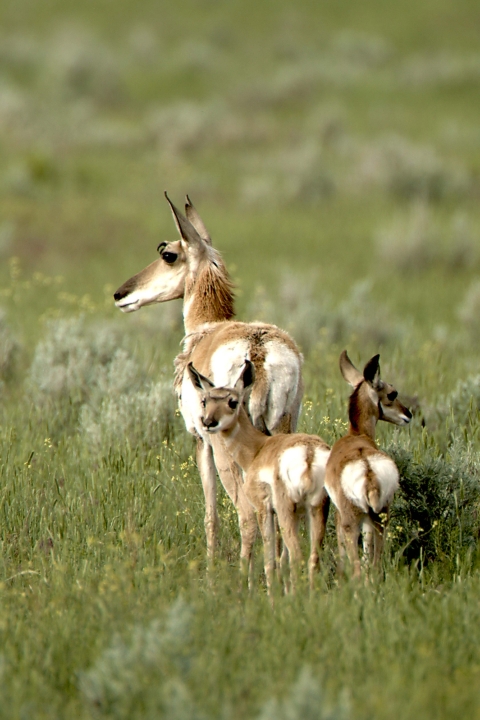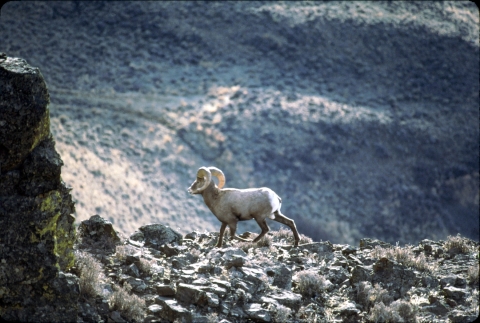Visit Us
A trip to Sheldon National Wildlife Refuge provides visitors the opportunity to disconnect from daily life and enjoy the fresh air, warm pools and hidden treasures of northwest Nevada. Narrow gorges and lush springs lay hidden among the rimrock table lands, and unique historic and natural resources are scattered throughout the rolling hills of sagebrush sagebrush
The western United States’ sagebrush country encompasses over 175 million acres of public and private lands. The sagebrush landscape provides many benefits to our rural economies and communities, and it serves as crucial habitat for a diversity of wildlife, including the iconic greater sage-grouse and over 350 other species.
Learn more about sagebrush and mountain mahogany.
Location and Contact Information
About Us
Sheldon National Wildlife Refuge was established in 1931 to protect the imperiled American pronghorn. The Refuge is home to a variety of fish, wildlife, and plants found in this remote corner of the Great Basin.
Our Species
Sheldon National Wildlife Refuge was established in 1931 to protect the American pronghorn which was in imminent danger of extinction. Together with Hart Mountain National Antelope Refuge just a few miles north, the refuge today is important for the conservation of pronghorn, greater sage-grouse, American pika, California bighorn sheep, redband trout, and hundreds of other wildlife and plants which depend upon sagebrush sagebrush
The western United States’ sagebrush country encompasses over 175 million acres of public and private lands. The sagebrush landscape provides many benefits to our rural economies and communities, and it serves as crucial habitat for a diversity of wildlife, including the iconic greater sage-grouse and over 350 other species.
Learn more about sagebrush habitats found in the high desert of the Great Basin.
Get Involved
We rely on volunteers for several jobs around the Refuge. Whether you're interested in spending a few weeks as a Resident Camp Host at the beautiful Virgin Valley campground, or are interested in spending a day or two assisting with general maintenance or invasive plant species work, we usually have a job that needs doing! Email Jamie Bertram: jamie_bertram@fws.gov
Currently taking volunteer applications for Sheldon Summer Camp Host on Volunteer.gov.


